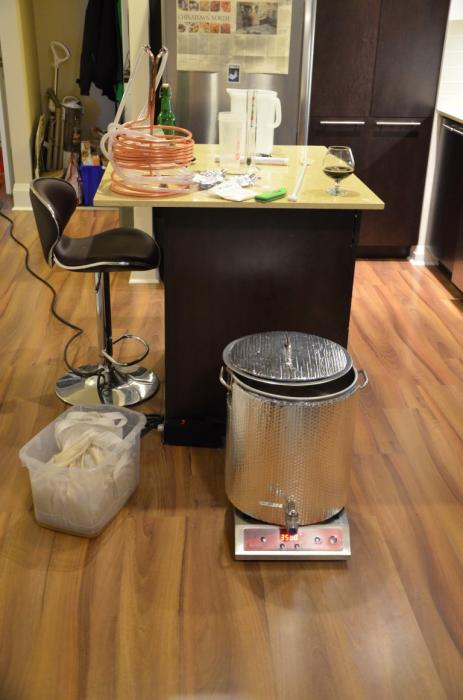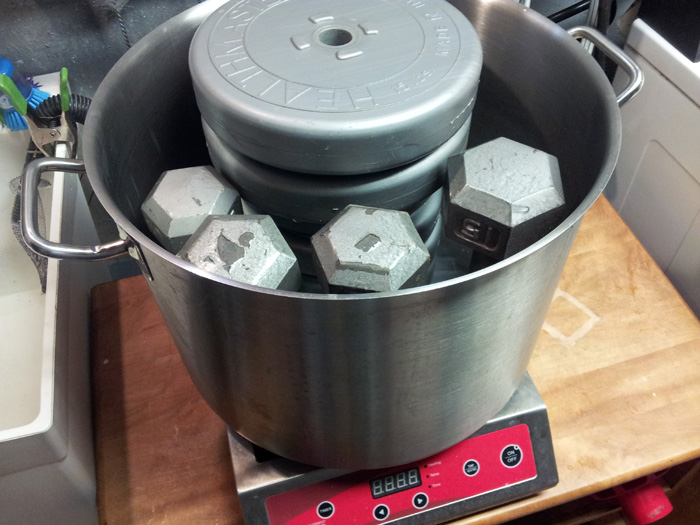My research seemed to indicate that more than 1800 watts is required for an all-grain boil. I have a wide 10-gallon pot that could have straddled two 1800 watt burners plugged into separate circuits, but pot's manufacturer (Johnson Rose) said one 3500 watt burner is the way to go. I couldn't be more pleased with this model, and the 220V was not an issue for me - I just wired a commercial receptacle to a dryer cord/plug and unplug my dryer when brewing.
This sounds about right. I think i read somewhere someone was able to bring 6.5 gallons to a very light boil and it took a while with the 1800 watt setup. The 3500watt can obviously boil over 10 gallons! What pot do you have? (link maybe)












































![Craft A Brew - Safale BE-256 Yeast - Fermentis - Belgian Ale Dry Yeast - For Belgian & Strong Ales - Ingredients for Home Brewing - Beer Making Supplies - [3 Pack]](https://m.media-amazon.com/images/I/51bcKEwQmWL._SL500_.jpg)















